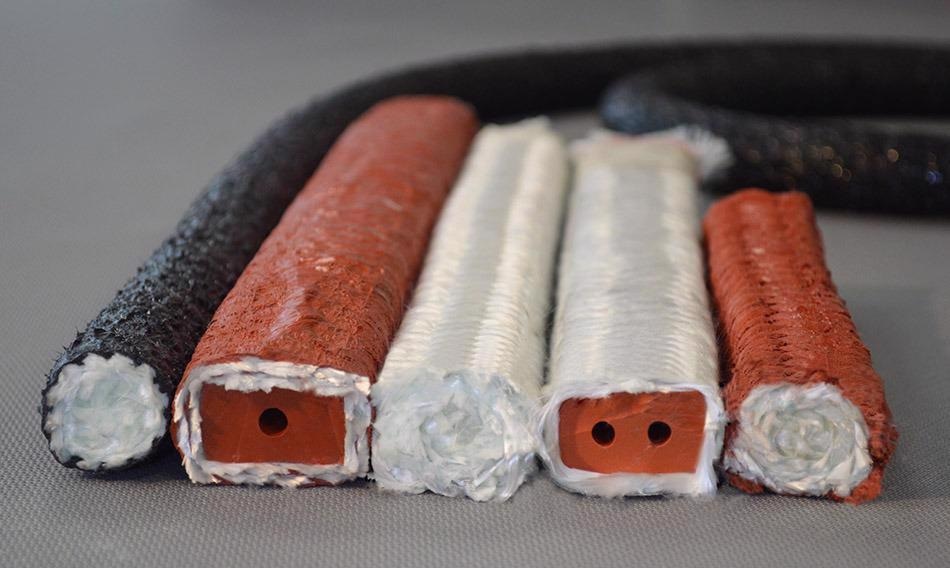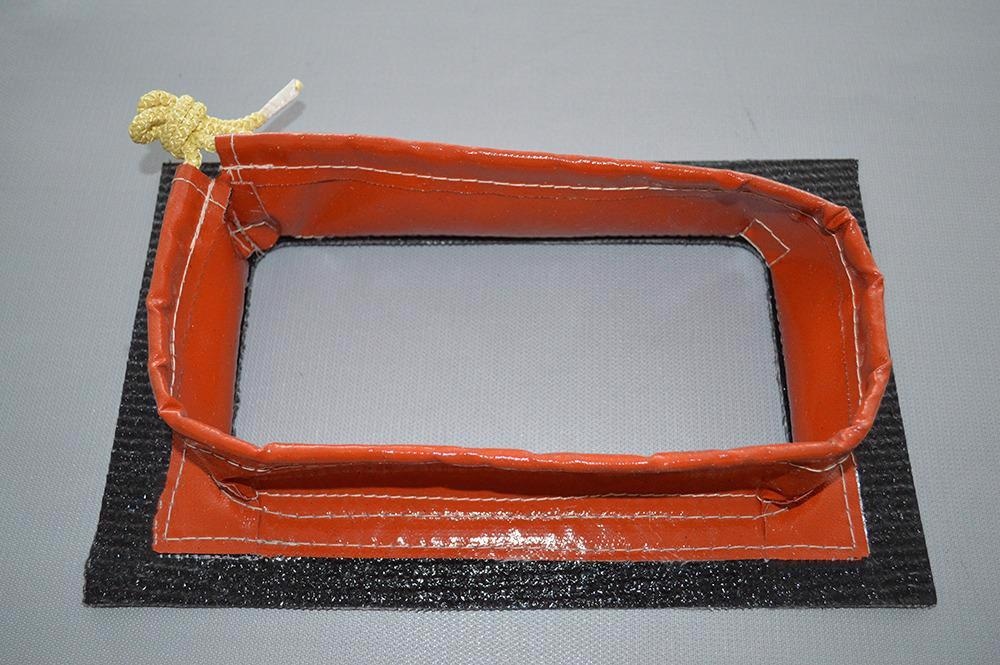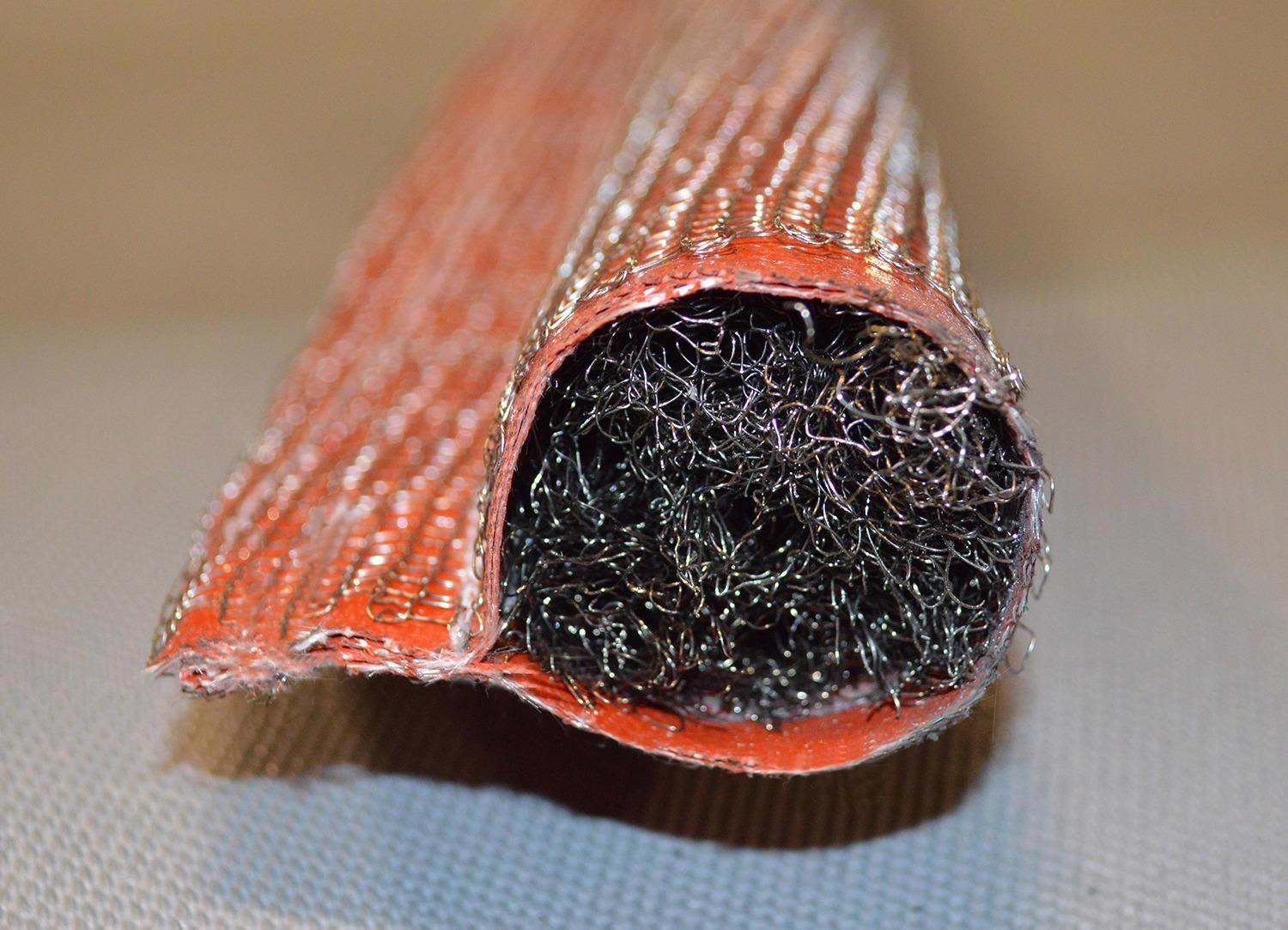Severe supply chain disruptions have become a common occurrence over the past few years, as pandemic-related delays have wrought havoc on fulfillment.
Almost concurrently, as manufacturers scaled-down production with the onslaught of the pandemic in 2020, consumer demand skyrocketed, with more and more purchases being made from the comfort of one’s own home.
Virtually no industry was left untouched from this huge surge in demand, which pushed both production and its linked intricate global supply chain to their limits.
It appeared that barely a day could go by without a shortage of something on the shelves, from semiconductors to potatoes. In some instances, the supply dwindled before stopping entirely.1,2,3
Two years on, much of the world is still feeling the effects of this disruption, with predictions of several more years of supply chain difficulty dominating the discourse of leading economists.4,5
However, it must be noted that one business type may weather the storm better than others: businesses that use vertical integration, like Mid-Mountain Materials, Inc.
Benefits of Vertical Integration
Vertical integration refers to where a company owns and controls multiple stages in its supply chain. For instance, consider an average bakery: it purchases flour from a miller, and in turn, the miller purchases grain from a farmer.
This naturally, therefore, leaves the bakery at the mercy of unpredictable supply variations that are outside their control, e.g., if the cost of flour increases, their material costs rise accordingly, and if a shipment of flour is unable to be transported, there may be no possibility of operations running at all.
Compare this example to that of a vertically integrated bakery. A bakery operating in a vertically integrated manner, on the other hand, can keep its operations “in-house.” In this way, a bakery may be able to grow its own grain to be milled or mill its own flour.
This example demonstrates how a vertically integrated company can protect itself from issues with supply chains and thus secure its independence from external suppliers.
There are demonstrably a number of advantages to vertical integration of the supply chain. For instance, first, companies are able to adapt faster to variations, interruptions or fluctuations in supply and demand.
Greater predictability and synchronization of supply and demand are facilitated by the increased availability of information from different parts of the supply chain, which allows the entire supply chain to operate cohesively and efficiently as a whole.
The second advantage is that vertical integration reduces costs. Given that the mark-up of intermediate components is eliminated, transaction costs are cut and the production of the finished products occurs at a substantially lower cost.
The third and final benefit of vertical integration is that it enables the creation of better and higher-quality products. By keeping as many processes in-house as possible, product quality can be tightly and reliably controlled at every stage.
Vertically-integrated businesses can also better tailor their products to customer requirements: a vertically integrated business can adapt every manufacturing stage to suit customer needs and better solve specific problems instead of having to specialize in a single step of the production process.
How Vertical Integration Can be Used
Vertical integration plays a huge role in the operations of Mid-Mountain Materials, Inc. Vertical integration of manufacturing processes is combined with a strong commitment to research and development, enabling the Mid-Mountain teams to innovate freely.
This innovation allows the team to continue delivering high-quality and cost-effective products to consumers while avoiding the pitfalls of unreliable supply chains. This commitment to vertical integration can be seen clearly throughout the company’s THERMOPAK® product range.
THERMOPAK® Crucible Lid Seal Gaskets
The THERMOPAK® Crucible Lid Seal Gaskets from Mid-Mountain are ideal for use in a huge range of high-temperature sealing applications.
These crucible lid seal gaskets are comprised of a rubber or fiberglass core which is wrapped in a fiberglass overbraid. The pairing of the two materials in this manner offers a heat-resistant, airtight and robust seal.
Finally, additional resistance to abrasion is provided by the product’s silicone coating, which extends the life of the seal.
Thanks to the teams’ vertical integration of the manufacturing process, seal gaskets can be produced in a range of sizes, shapes and material combinations to suit any customer requirements.
With the exception of the rubber core, Mid-Mountain produces each of the components in-house, so it is able to tailor the properties of these crucible lid seal gaskets to best fit a range of applications, including boilers, baghouses and ovens.

Image Credit: Mid-Mountain Materials, Inc
THERMOPAK® External Cathode Bar Seals
The majority of the process of aluminum smelting is undertaken using the Hall-Héroult method: a highly energy-intensive procedure that involves melting aluminum oxide within a high-temperature electrochemical cell.
In order to provide an electric current, cathodes are then inserted through the wall of the cell. A hermetic seal is provided by the cathode bar seal boots between the cathode bars and the wall of the cell.
Again, all of the components of these seals are produced by Mid-Mountain, including the base fabric, the coating, our THERMOSEAL® 1000SF cement for adhesion, the THERMOSEAL® M22 Pumpable for filling, and the drawstring for fit and form.
The quality and characteristics of each element can be specified thanks to the use of vertical integration, which results in a high-performance seal that can last for the full life of the reduction cell.

THERMOPAK® External Cathode Bar Seals by Mid-Mountain Materials, Inc
THERMOPAK® Fabricated Tadpole Tape
Tadpole tapes are a specialist design that consists of a tail and a bulb section: the tail fixes the tape in place, and when the bulb is compressed, it forms an insulating seal. These THERMOPAK® Tadpole Tapes are produced by combining an inner core (the bulb) with a cover material in a stitched configuration.
Mid-Mountain is, therefore, able to manufacture tadpole tapes in a huge array of configurations to suit their customers’ exacting requirements, thanks to the flexibility imbued by completing all the manufacturing processes in-house.
Mid-Mountain also weaves HYTEX® 1000 Tadpoles Tapes, which are constructed from fiberglass yarn and coated black with ARMATEX® C-mix coating and finished with PSA for adhesion.

Image Credit: Mid-Mountain Materials, Inc
THERMOPAK® Robot Covers
The THERMOPAK® Robot Covers are designed and built to protect industrial robots from a range of hostile industrial environments, including high temperatures, corrosion, and abrasion.
Each robot cover that has been designed and produced by Mid-Mountain Materials, Inc. are typically made from the unique proprietary ARMATEX® SBN 13-692 ROBOTEX, a specially-designed high-strength silicone-coated fabric, which is then stitched into shape to produce covers to suit specific robots. Other coated fabrics from our ARMATEX® line can be used as well, dependent on the application.
The team can offer robot covers with short lead times and at competitive prices, thanks to the vertical integration of these processes.
Vertical integration is central to the work of Mid-Mountain Materials, Inc. when it comes to flexible, adaptable and scalable production: it enables companies to produce innovative, high-quality products tailored to their customers’ needs without risking the dangers of an unstable supply chain.
References and Further Reading
- What Happened to Supply Chains in 2021? Council on Foreign Relations https://www.cfr.org/article/what-happened-supply-chains-2021.
- A growing global potato shortage is affecting french fries, from Japan to Kenya. Washington Post.
- Sparkes, M. There’s a global shortage of computer chips – what’s causing it? New Scientist https://www.newscientist.com/article/2271918-theres-a-global-shortage-of-computer-chips-whats-causing-it/.
- Goodman, P. S. How the Supply Chain Broke, and Why It Won’t Be Fixed Anytime Soon. The New York Times (2021).
- Farrer, M. Global supply chain crisis could last another two years, warn experts. The Guardian (2021).

This information has been sourced, reviewed and adapted from materials provided by Mid-Mountain Materials, Inc.
For more information on this source, please visit Mid-Mountain Materials, Inc.